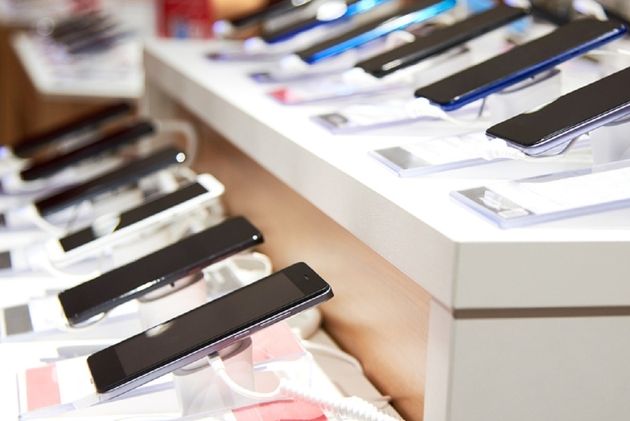Inflation weighs on households. Decreasing less quickly than expected, the increase in consumer prices should stand at 5% in 2023 according to INSEE. In this context, individuals review their current expenses, starting with internet subscriptions and mobile phone plans. Taking advantage of a new offer often allows you to make substantial savings.
31% of French people plan to change provider for their telecommunications services in the next twelve months. The proportion is approximately equal whether it is mobile or internet access. In 2022, only around 20% had this intention according to a study conducted every year by the consulting firm Simon-Kucher.
Failing to change operator, the inflationary context leads individuals to opt for a cheaper subscription with their current supplier, to adjust the level of services or to limit consumption outside of the package. It should also be noted that the importance given to telecoms services has fallen sharply in one year. While mobile, internet and television occupy an essential place in our lives, for leisure as well as for social and professional relationships, 40% of respondents consider it essential to have broadband access compared to 61% in 2022.
The operator puzzle
Beyond receiving more attractive offers, the factors that encourage French people to terminate their telecoms contracts typically relate to their dissatisfaction with the quality of the network and customer service. The stability of the network, the proposed speed or the capacity to restore a service are among the criteria closely scrutinized.
Conversely, consumers who do not intend to leave their operator justify it largely by their satisfaction with their supplier (53%), faced with the fear of being disconnected or unreachable (2.4% ) and lack of time to find a more interesting offer (15%).
These results will certainly be studied closely by operators who find themselves faced with a real headache. Faced with inflation themselves with the increase in energy costs and subcontracting or salaries, they have had to increase their packages, generally by 1 to 2 euros.
From there, operators must advance on a ridge line. To what extent can we pass on the rise in inflation without causing the churn rate to explode? A goal that is rarely achieved. According to the Simon-Kucher study, a supplier who increases his prices by 3% only ultimately obtains 1%.
By deciding to freeze its prices until 2027, Free made a choice opposite to its competitors. It seems like a winning bet. Xavier Niel’s operator recruited 128,000 new mobile subscribers and 205,000 fiber optic subscribers in the first half.
Free will perhaps only temporarily benefit from this general increase situation. According to the Ariase comparator barometer, the average monthly price of a fiber subscription stands at 29.91 euros, up almost 15% in one year while the average price of the mobile subscription is 16. 43 euros fell by 11.6%.
Average revenue per subscriber down sharply
Regardless, ARPU (Average Revenue Per User), or the average revenue per subscriber, continues to erode. Already very low on the French market given the competition produced by the unprecedented presence of four operators, this ARPU could further decrease by 22% between 2022 and 2026. Bad news for operators who must invest massively to deploy 5G and fiber.
Digital technology also makes it easier to change operator. Post-Covid effect according to the study, four out of five consumers say they prefer to terminate their contract online via a form on the website, mobile application or email. Entering into force on September 1, the new regulatory framework further facilitates this termination, which must be done in “three clicks maximum”.
During this sensitive moment in customer relations, Simon-Kucher advises operators to proactively offer alternative offers to retain the subscriber. As the consulting firm points out, retaining a customer is five times cheaper than acquiring a new one. Conversely, an existing customer would spend four times as much. However, this requires putting an end to certain abusive commercial practices such as false promotions or forced subscriptions.
Another element of loyalty: the quality of customer service. The level already seems quite high with a first call resolution rate of 75% over the last twelve months. Access to human teleoperators and not to automated machines and responsive customer service are among the other priorities put forward by consumers.
